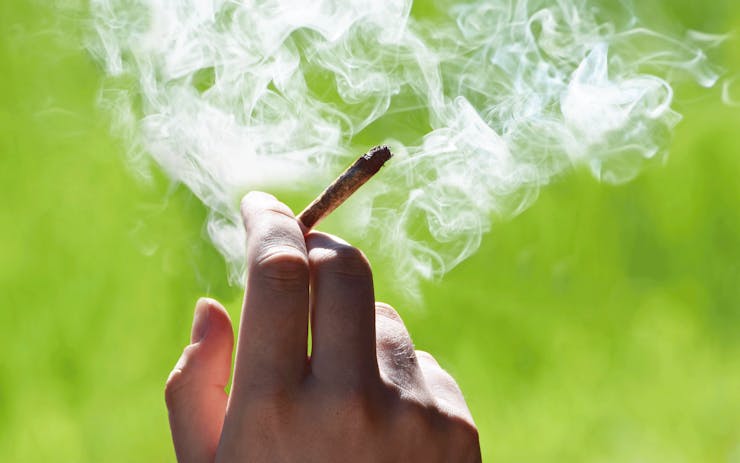Statistics Canada released the results of its pilot test of wastewater-based drug-consumption estimates, run between March 2018 and February of this year.
The testing occurred in five cities—Halifax, Montreal, Toronto, Edmonton, and Vancouver—whose residents comprise roughly 20% of the national population.Join the Leafly Canada CommunityWith cannabis consumption a sought-after metric in the post-legalization economy, it will interest many to hear Halifax and Montreal wastewater contained between 2.5 and 3.8 times as much THC as Vancouver, Toronto, or Edmonton.
The report acknowledged THC usage spiked in May, June, and December of last year, noting these could be related to short term or seasonal consumption changes, or “from factors related to wastewater sampling.”
Critics have previously warned there are so many factors that may affect the presence of drug traces in wastewater that it’s difficult to draw conclusions about consumption with any certainty.
While cocaine traces were constant across the five cities, Halifax, Toronto, and Montreal all had lower levels of methamphetamine use than Edmonton and Vancouver, which led the report to suppose, “even large cities within the same country may have distinct drug-use profiles.”





